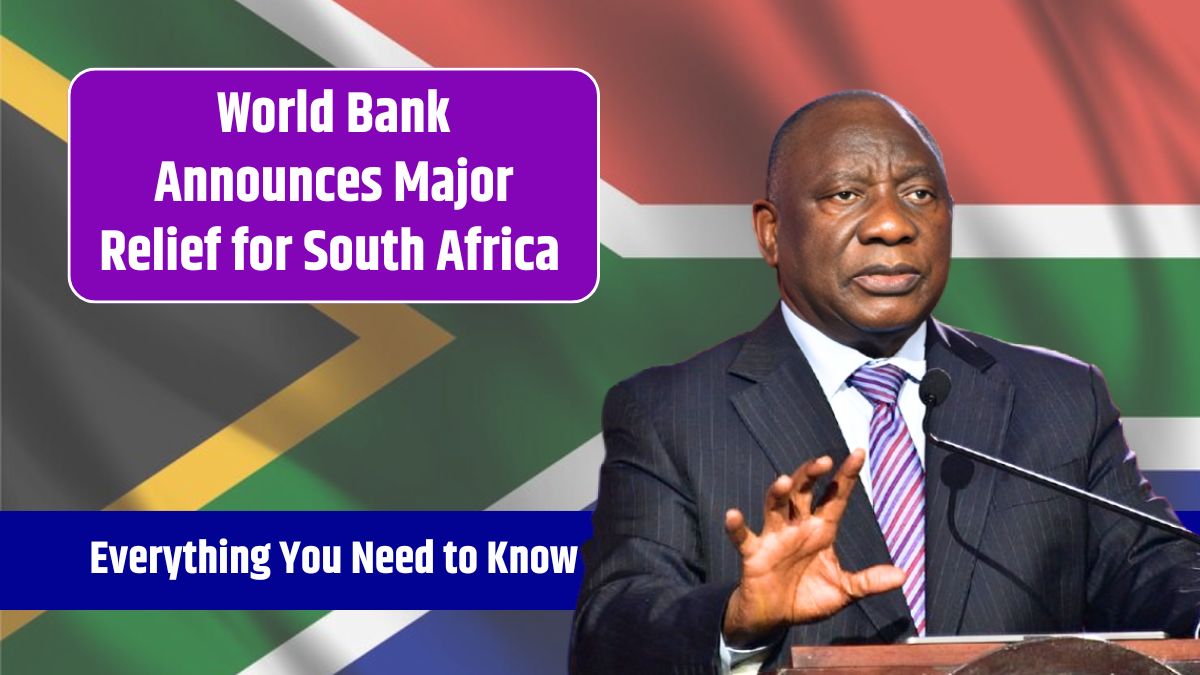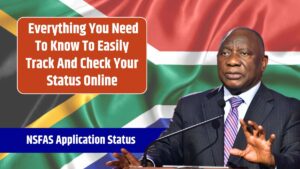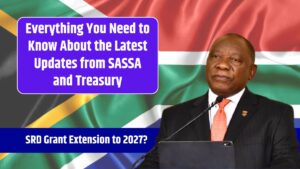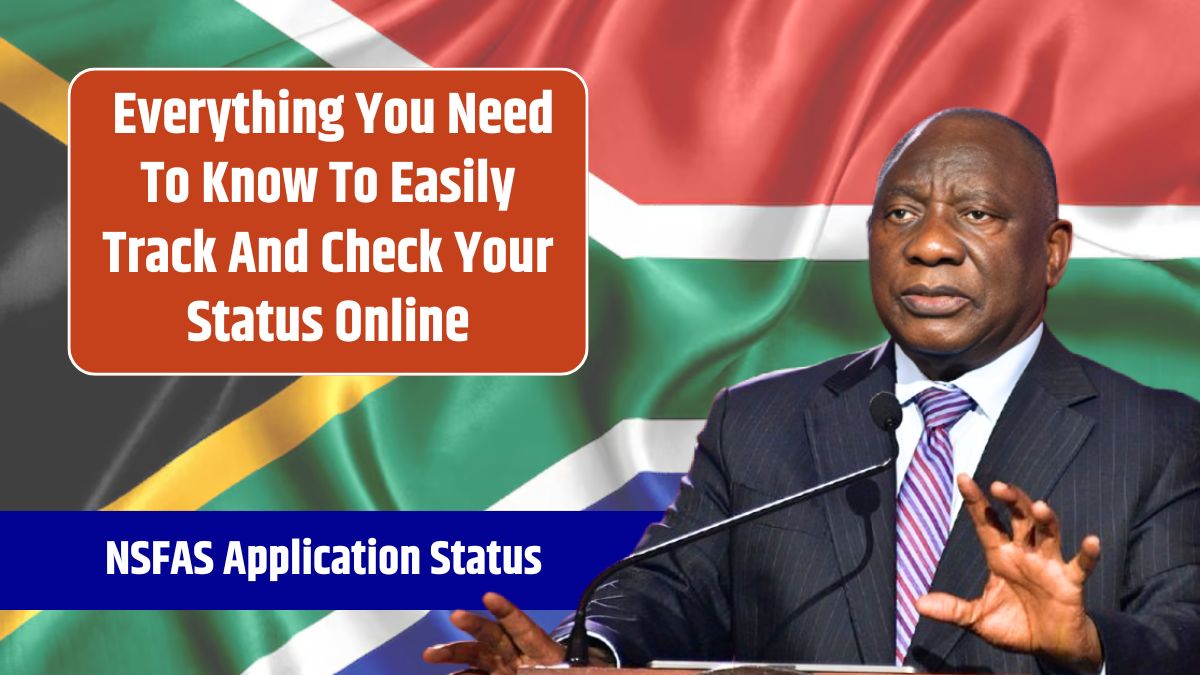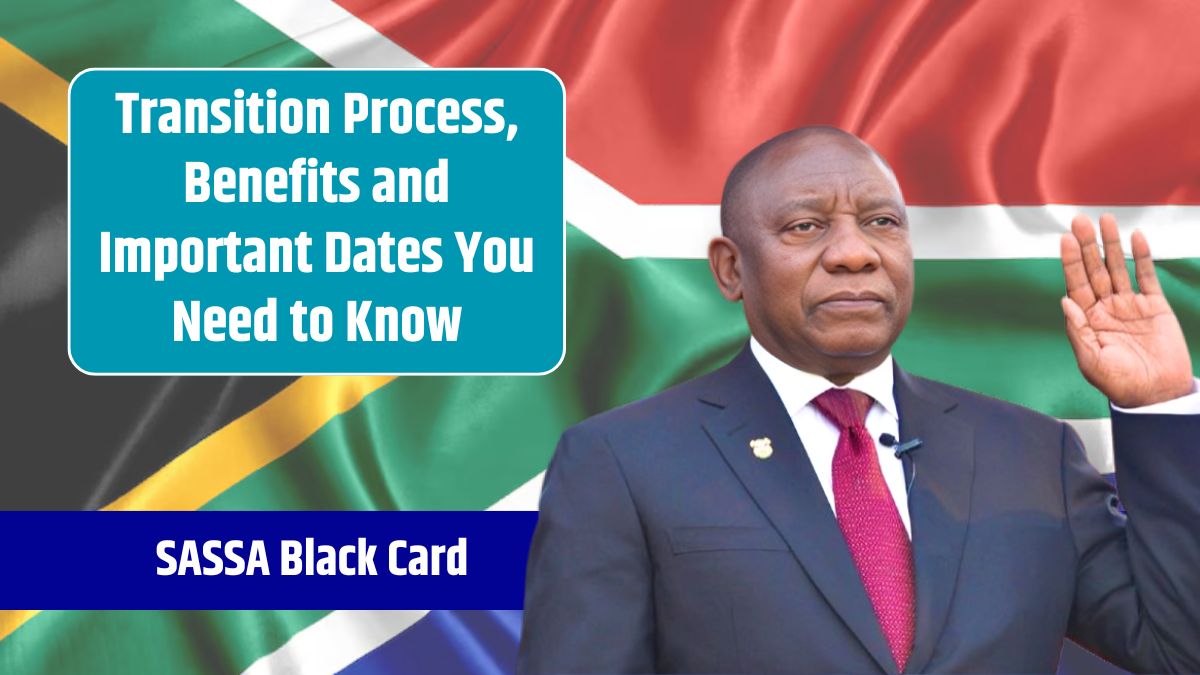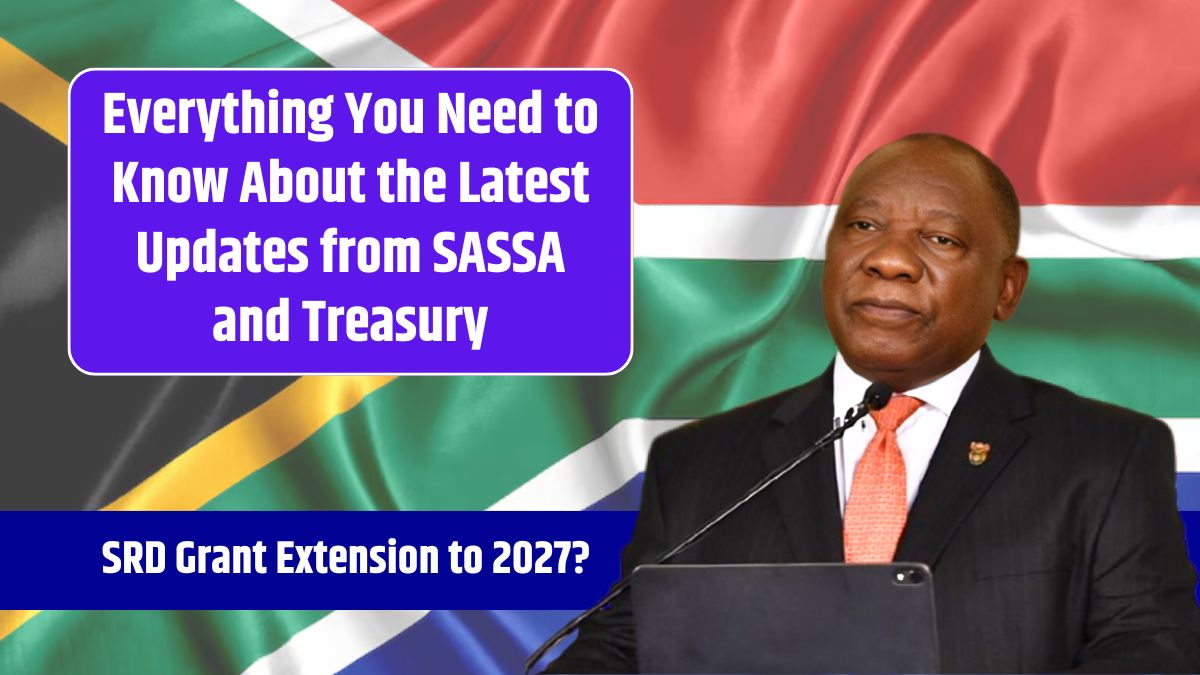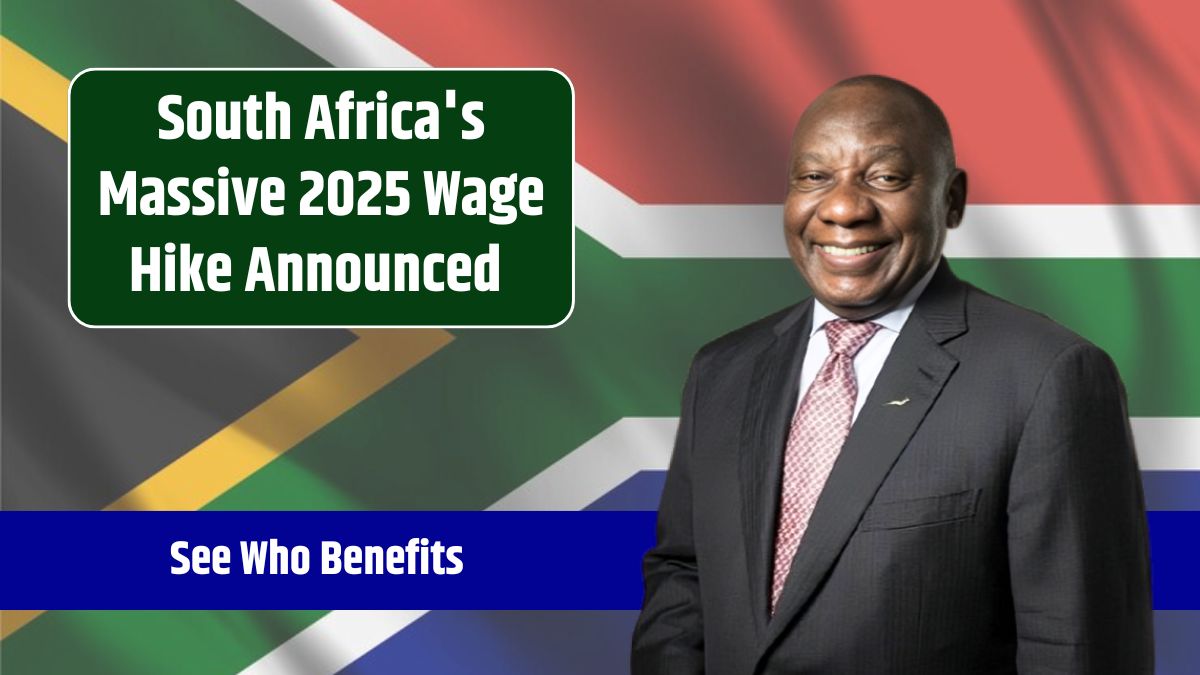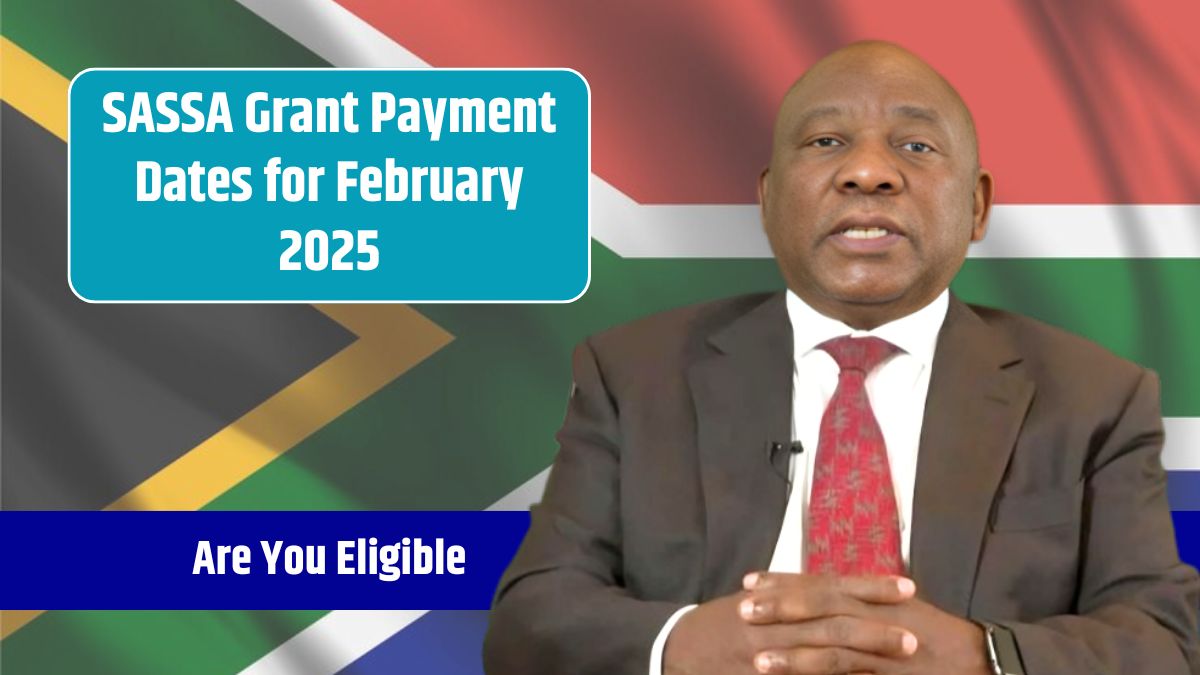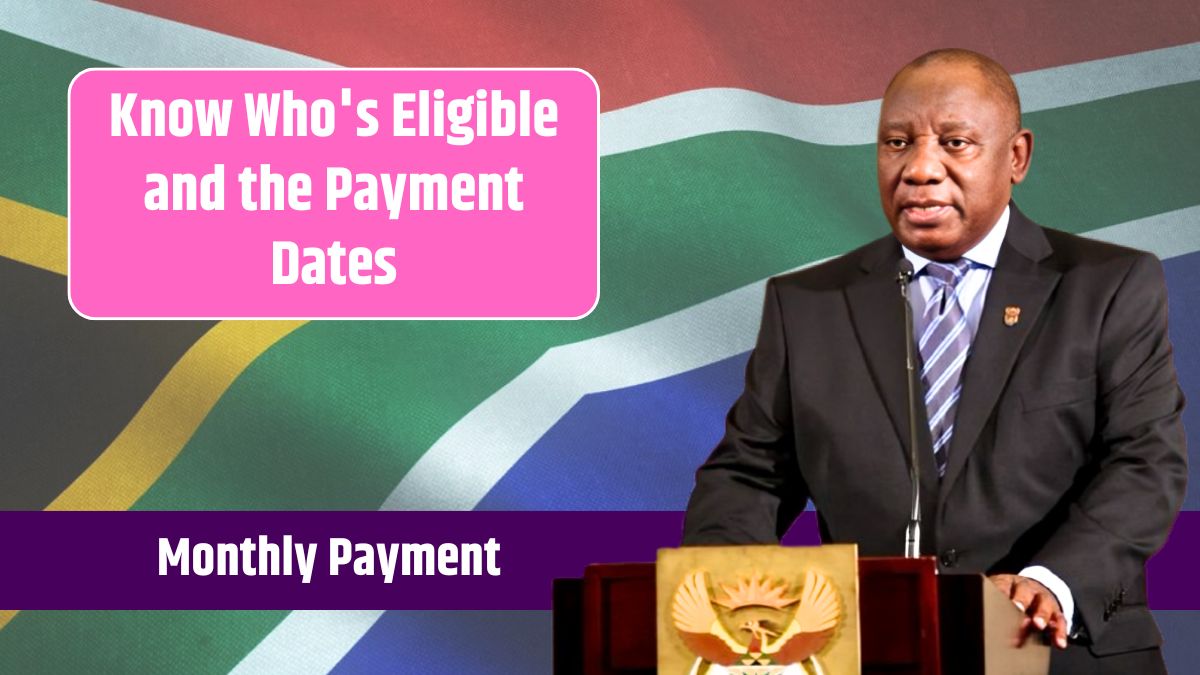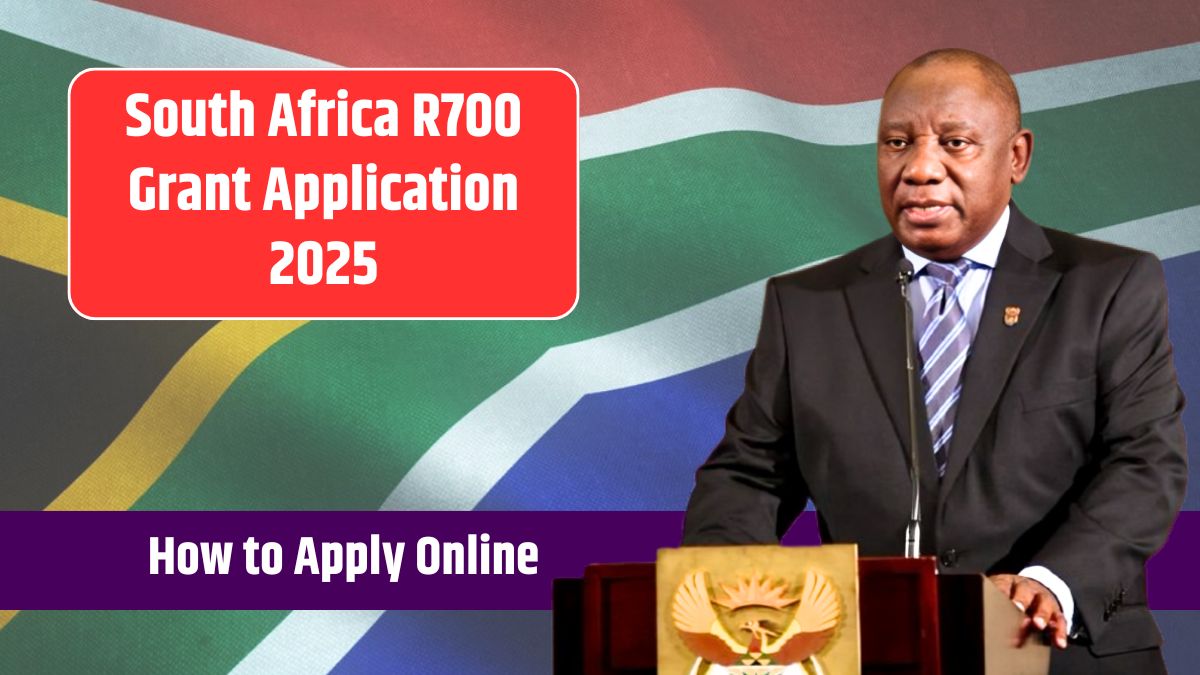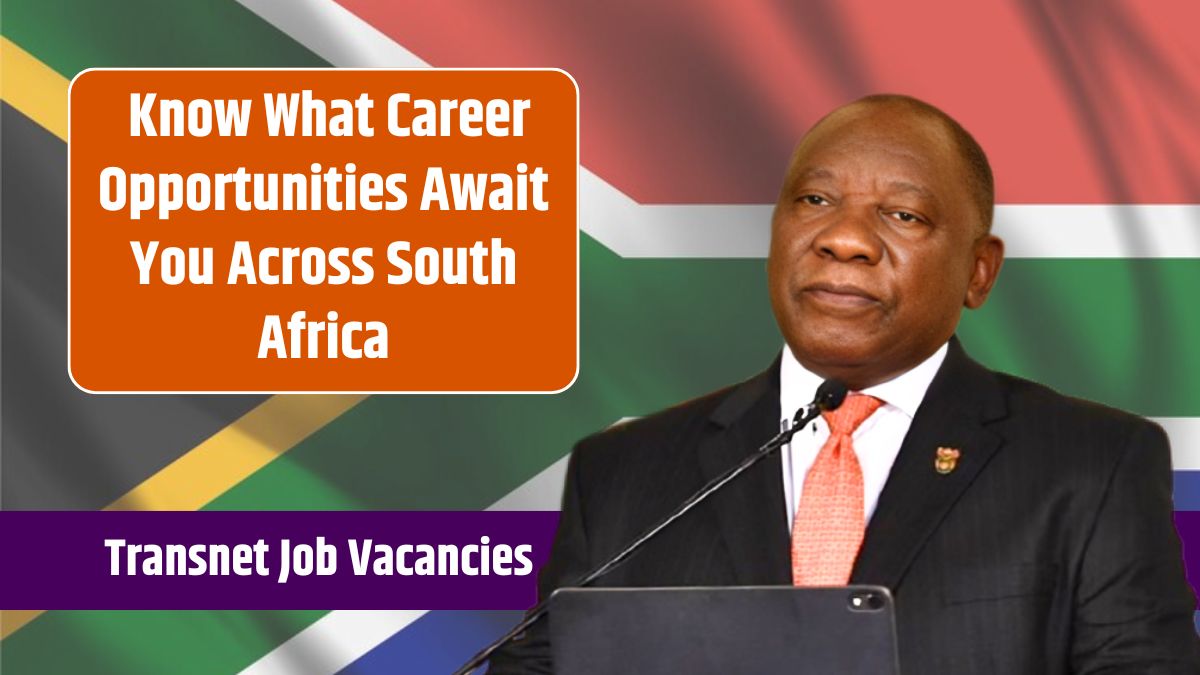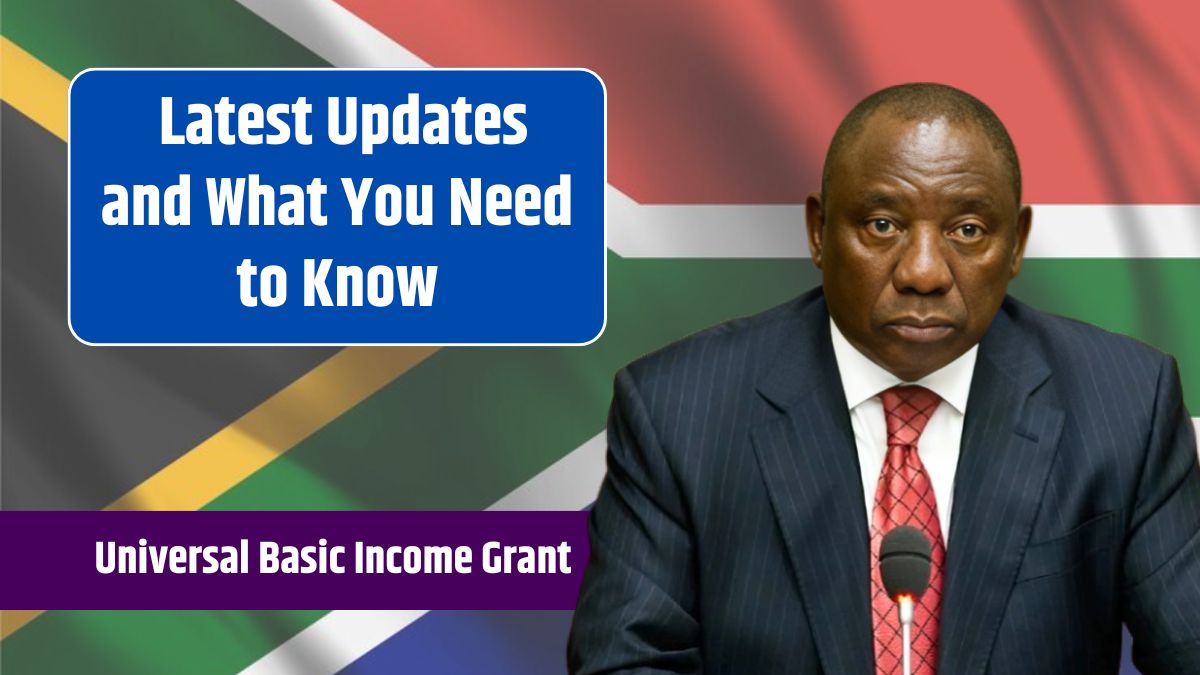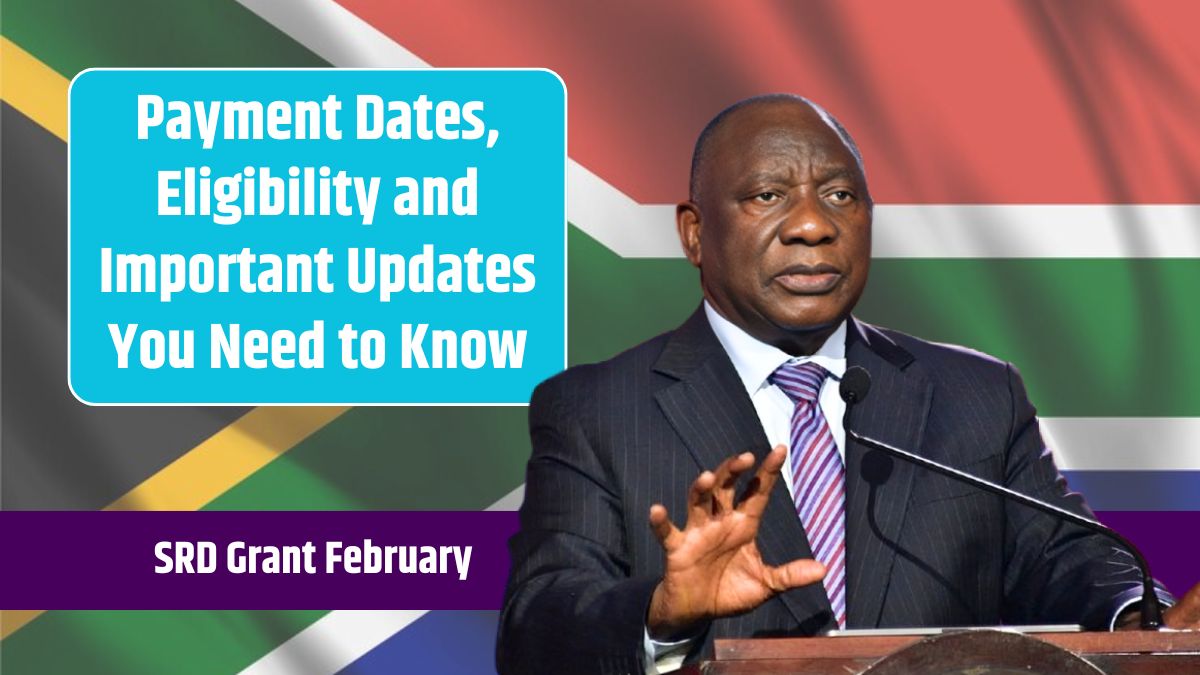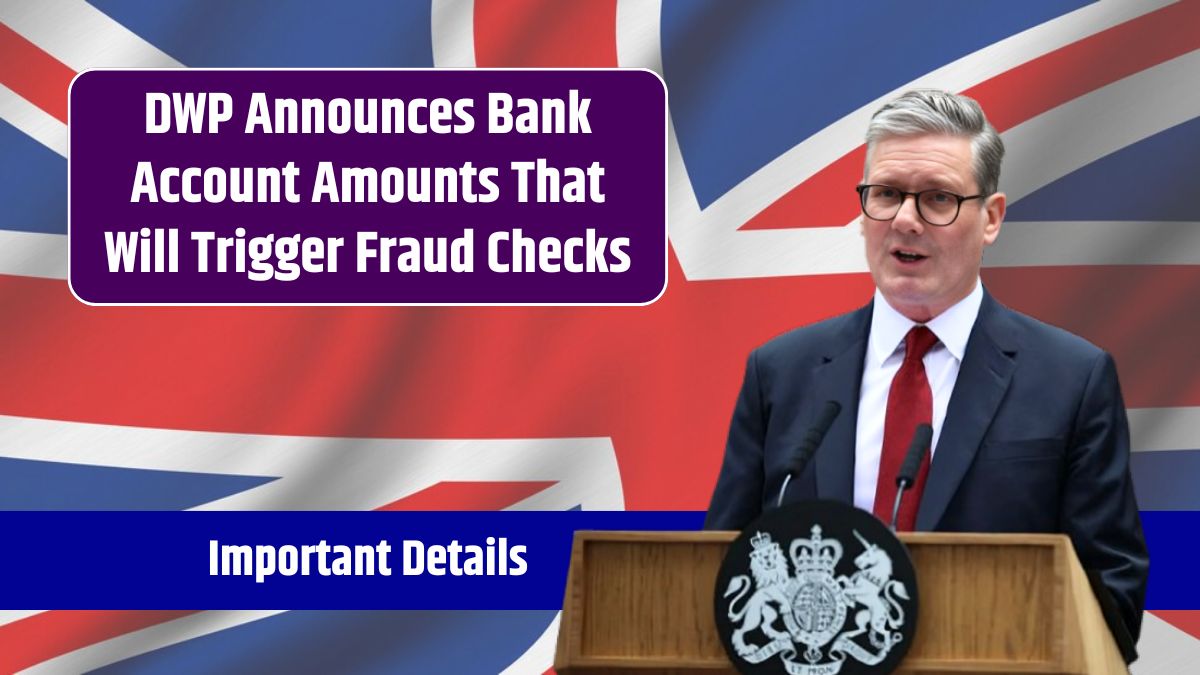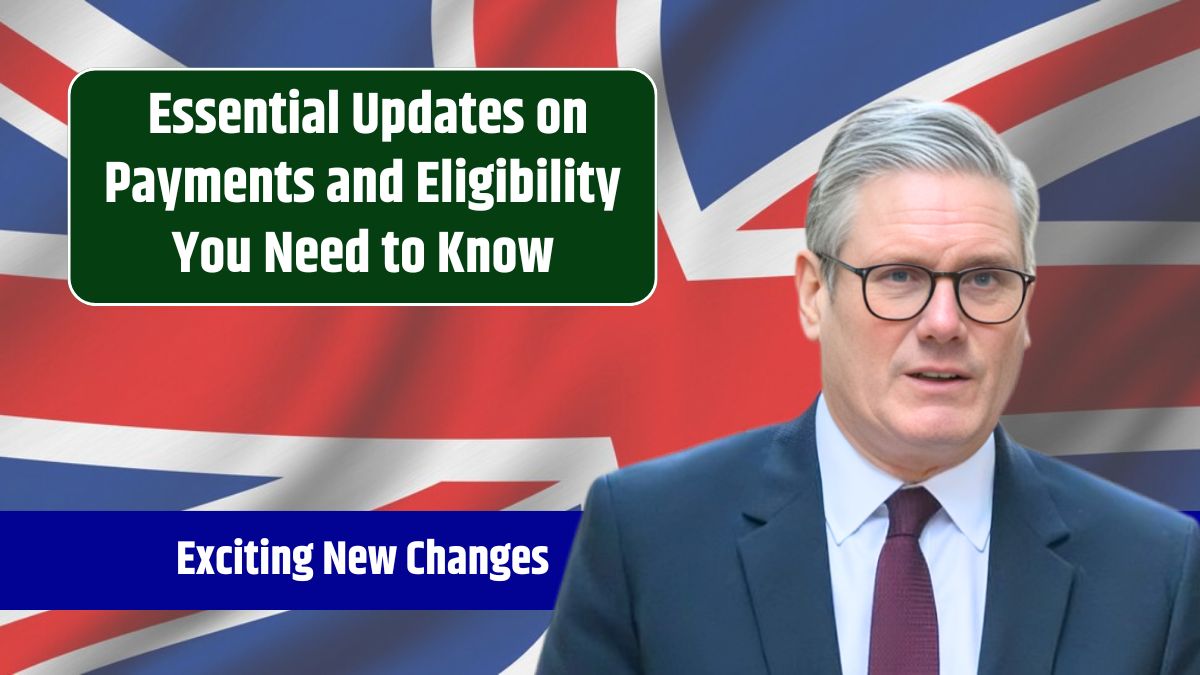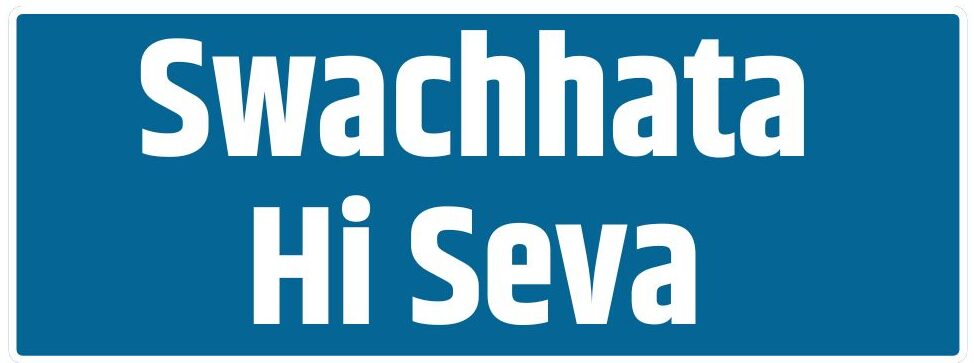South Africa is experiencing a wave of economic recovery, thanks to strategic World Bank-backed initiatives focused on energy stability, education reform, and sustainable development.
With no load shedding since March 2024 and a projected GDP growth of 1.8% in 2025, the country is on a promising path toward long-term progress.
These improvements are creating opportunities for businesses, job seekers, and policymakers alike.
Let’s look into the key factors driving this economic transformation.
Energy
For years, power shortages and load shedding have been major obstacles to economic growth in South Africa. However, since late March 2024, the country has seen a dramatic improvement in energy stability. This shift is due to:
- Better management and operational efficiency at Eskom.
- Increased investment in renewable energy sources like solar and wind.
- Encouragement of private-sector participation in power generation.
With a stable energy supply, businesses can now operate without unexpected disruptions. This reliability not only boosts industrial productivity but also attracts foreign investors looking for stable markets.
Growth
South Africa’s economy is rebounding, with GDP growth expected to increase from 0.8% in 2024 to 1.8% in 2025, reaching 2% in the medium term. Several factors contribute to this positive trajectory:
- Infrastructure development and modernization.
- Expansion in key industries like manufacturing and technology.
- Policy reforms aimed at increasing foreign direct investment (FDI).
A stronger economy means more jobs, higher wages, and better living standards. By maintaining this momentum, South Africa can position itself as a leading emerging market in Africa.
Education
Education is the foundation of any thriving economy, yet South Africa has long struggled with low literacy and numeracy rates. According to the World Bank’s 15th Economic Update, addressing these challenges is essential for sustainable development.
Current Challenges
| Challenge | Impact |
|---|---|
| 80% of Grade 4 students struggle with reading comprehension | Hinders future learning and workforce readiness |
| Limited access to quality education in rural areas | Increases inequality and limits opportunities |
| Gaps in early childhood development (ECD) | Reduces long-term academic success |
| Lack of digital learning resources | Leaves students unprepared for modern job markets |
Solutions
The World Bank and the South African government are focusing on three major areas to improve education:
- Early Learning Investments
- Strengthening pre-primary education programs.
- Expanding early-grade reading initiatives.
- Training teachers to improve foundational learning.
- Teacher Development
- Providing modern teaching techniques.
- Enhancing curriculum implementation.
- Offering digital tools and resources.
- Public-Private Partnerships
- Encouraging corporate investment in education.
- Expanding access to digital learning.
- Implementing tech-driven classrooms.
By improving education, South Africa can build a skilled workforce, reducing unemployment and fostering innovation.
Opportunities
- A stable power supply ensures uninterrupted operations.
- Investment in education offers corporate social responsibility (CSR) tax benefits.
- Growth in renewable energy creates new business opportunities.
For Job Seekers
- A growing economy means more job opportunities.
- Better education improves career prospects.
- Foreign investments will lead to industry expansion and job creation.
For Policymakers
- Strengthening education policies will improve global rankings.
- Encouraging private investments can drive inclusive development.
- Expanding digital education will provide equal opportunities for all students.
With these strategic improvements, South Africa is on the path to long-term prosperity. Energy stability, economic growth, and education reform are laying the foundation for a brighter future.
Now is the time for businesses, policymakers, and individuals to take advantage of these positive changes and contribute to the country’s success.
FAQs
What is South Africa’s GDP growth forecast?
South Africa’s GDP is expected to grow from 0.8% in 2024 to 1.8% in 2025.
Why has load shedding stopped in South Africa?
Better Eskom management, renewable energy investments, and private-sector involvement.
How is education being improved in South Africa?
By prioritizing early learning, teacher training, and digital education initiatives.
How does energy stability benefit businesses?
It reduces disruptions, boosts productivity, and attracts foreign investment.
What sectors are driving economic growth?
Infrastructure, manufacturing, technology, and foreign trade investments.
